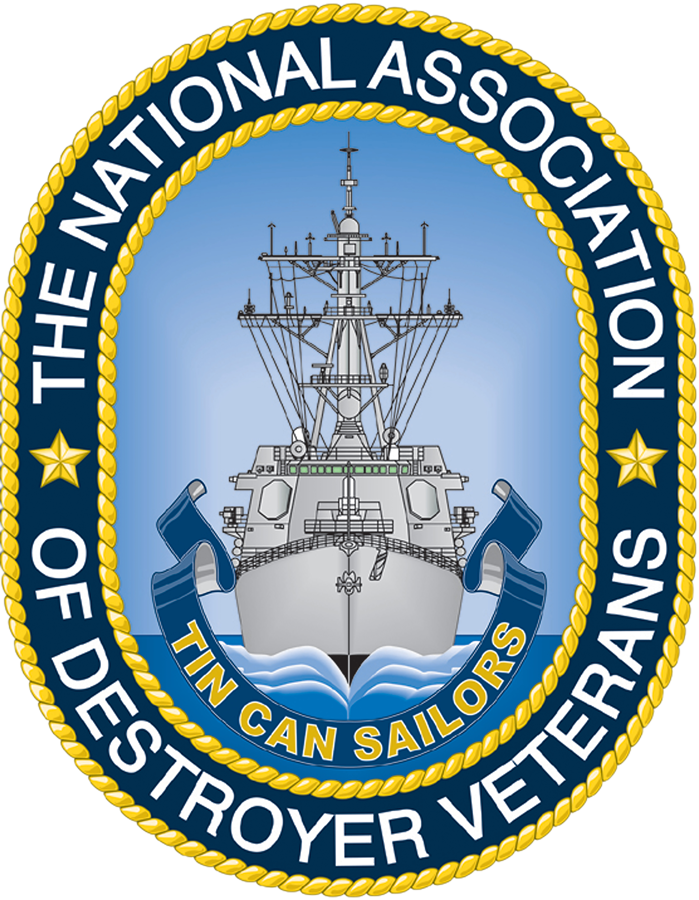The 20mm Single Mark 4, Mark 10, and Twin Mark 24 Gun Mounts
By Robert F Sumrall (DD-762)

The light antiaircraft armament of nearly all U.S. destroyers during World War 11 was the 20-mm gun. An adaptation of the Swiss 20-mm Oerlikon it was produced in single, twin, triple, and quadruple versions, however, only the single and twin arrangements were made in production quantities. The original single Mark 4 mount began to replace the .50/cal. Browning Machine Gun with deliveries to the fleet beginning in mid-1941. A light weight version, the Mark 10 was introduced in 1943 and by late 1944 many destroyers returning to yards for overhaul and the repair of battle damage were being fitted with the twin Mark 24 version. There is no indication in the records of the Bureau of Ordnance that any triple or quadruple versions were ever fitted to destroyers.
The 20-mm gun assembly consisted of the machine gun mechanism, the gun barrel, the sights, shoulder rests, and base-ring stand. The MK 4 used a heavy cast steel, base-ring stand with a handwheel-operated screw jack to adjust its trunion height. The MK 10 introduced a lightweight, welded-steel tripod base-ring stand with a fixed trunion height. The MK 24 used the MK 10 stand and an opposite-handed magazine for the left gun.
The gun mounts were free-swinging, hand-aimed, and required no external power source. The gun was designed for automatic firing, using the energy of the explosion to eject the empty cartridge case, cock, reload, and fire the next round. The 20mm cartridge weighed just over a quarter of a pound, and each magazine contained 60 or 100 rounds. The gun was loaded by securing the circular magazine to the top of the breech casing. The gun could fire 450 rounds/minute; however, this rate could never be achieved because of the limited size of the magazines.
The original 20-mm gun mounts were equipped with open-ring sights for aiming, relying on the operators’ judgement to lead the target. Through a set of handlebars and shoulder rests the operators’ body movements controlled the pointing and training of the guns. The operators had to lead the target in both traverse and elevation. Usually, every fifth round in the ammunition belt was a tracer that assisted the operators in spotting their fire. The sight consisted of a forward open ring sight and a rear peep sight, either open or enclosed in an eyepiece, attached to a sight bar which was bolted to the gun cradle. Deliveries of a new lead-computing, relative rate gun sight, the MK 14, began being delivered to the fleet in early 1943 and destroyers were fitted with the sights during availability periods. The sight could be mounted on either of the single or twin 20-mm mounts.
The 20-mm guns could throw up an impressive amount of fire for a ship the size of a destroyer. They served as a deterrent against further action, such as strafing after a plane had dropped its ordnance, but were truly a last-ditch defense and did not deter the kamikaze pilots. As kamikaze tactics became more commonplace, the 20-mm became less and less effective. It had to score enough hits on a target to actually tear the plane to pieces before it crashed into the ship. The development of the twin version of the 20-mm was intended to further saturate the antiaircraft pattern but by the end of World War II the 20-mm was no longer an effective antiaircraft weapon. The 20-mm guns on destroyers survived post-war for a time but were finally landed with the armament conversion program of the early 1950s. There would be a resurgence of the weapon, albeit in a somewhat different form, on destroyers during the 1970s and 80s in the form of the six-barreled MK 15 Phalanx.
